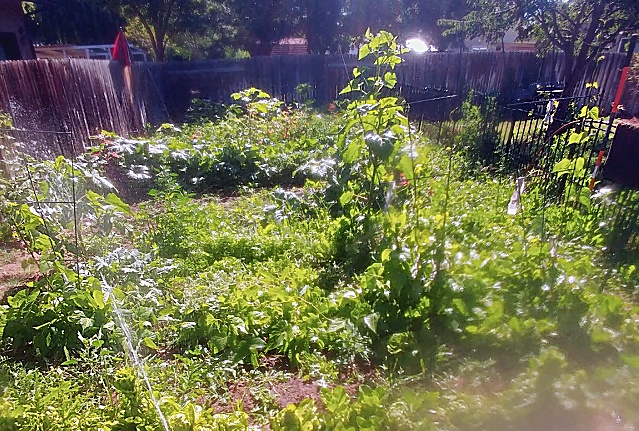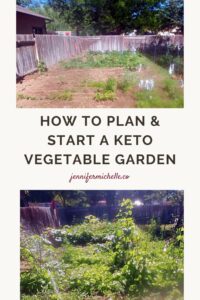I earn a small commission via affilate links at no extra cost to you.
If you’re wondering how to plan a garden it’s important to know that it doesn’t matter how much outdoor space you have. A home garden can provide you with food but you’ll also learn so much about plants and food production. I think it’s a fun hobby no matter how big or small. I’ll show you how I started a garden in my backyard but if you’re limited on space you can still start a garden in an apartment. A keto garden isn’t much different than a traditional garden other than what you choose to grow. The general rule to identify whether it’s a keto vegetable is simply where it grows. Root vegetables contain more carbohydrates and for this reason, they’re typically not considered keto vegetables. Conversely, things that grow above the ground are typically keto vegetables. The good news for those with limited space and sunlight is that greens and herbs don’t require much sunlight so they’re perfect for an indoor or patio garden.
How To Plan A Keto Vegetable Garden
While I’ve had my own garden for a number of years I’m not a garden expert. If you really want to get into the technicalities I recommend an app called Gardenate. It’s the app I use when I want to see if two plants are companions. Some garden plants like to be near each other and some don’t. Gardenate contains all of this information and more. Did you know that there are recommendations on which plants should follow others year after year? If you already have a garden and you’re wondering how to plan this year’s garden, again I recommend the Gardenate app because they tell you which plants should follow in the soil where last year’s tomatoes grew.
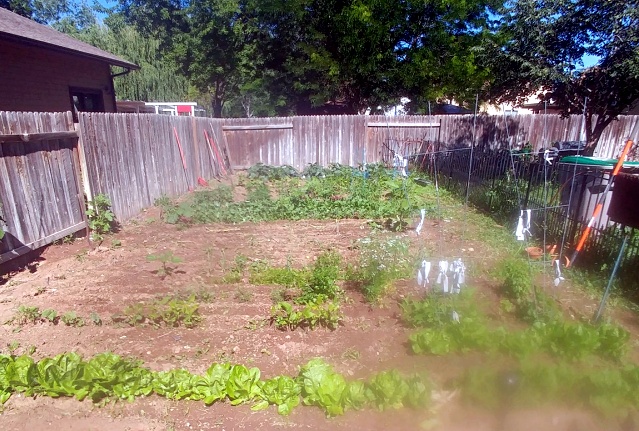
I’m not affiliated with the app in any way it’s just really useful and all of these things I’m mentioning are in the free version of the app. They also list details on their website but I find the app handy on my phone while I’m out in the garden. You can also enter your growing zone and it will tell you when to plant seeds vs plants for various species. Enter the date that you planted seeds vs plants, and it will tell you when the harvest should be ready. If you’re wondering how to plan a garden this is the #1 tool I recommend.

When I sit down to plan this year’s garden I grab a sheet of paper and a pencil. I’m a very visual person so I’ll draw the existing garden shape on a piece of paper. Grid paper makes the garden planning easier because you want your sketch to be to scale. If you remember the location of what was planted last year make a sketch of that first. Then, using the Gardenate app figure out which plants will grow best in those locations this year. Planting the same plant in the same place year after year can deplete the soil.
Planning your keto garden on paper will help you see where everything is going to go. Remember to take into account proper plant spacing for your keto vegetables. Plants that produce fruit like cucumbers, tomatoes, and peppers will require more sunlight than other keto vegetables like lettuce, kale, chard, and herbs.
Get The Soil Ready For Planting
The garden area you see in the photos started with raised garden beds. Locally I bought cedar kits like these that just slide together. They worked well but I eventually wanted a larger home garden. Rather than remove all of the grass I bought some large paper lawn and leaf bags and cut them down the side to open them up. I placed the bags on top of the grass and then covered them with organic garden soil. If you are wondering how to easily start a garden in your backyard I like my paper bag method. Alternately you could also use newspaper. Initially, there were two large mounds of soil that were about 5′ wide that made up the garden bed. The idea was that I could reach the center while standing on either side.
Naturally, the paper decomposed and what you see now is simply one large home vegetable garden. I’ve watched a lot of permaculture videos so I’m a fan of no-till methods. If you can get by without tilling the soil it’s better for the soil structure. I’ve also seen permaculture methods where straw is used to start a home garden. When this method is used straw is put on top of the ground, say about 6″ deep, and plants are planted in the straw with compost around the plant. The idea is that the compost and straw will decompose to create an ideal growing matrix.
Another thing to consider is the slope of your home garden. Which way will water run across the ground? Last year I shared my home garden space with our neighbors in exchange for some eggs. WT’s mom has been gardening here for decades so I learned some tricks, one of them was that I had my rows going the wrong way. I grew up in humid Ohio that’s no stranger to a summer thunderstorm.

Garden Hose Dechlorinating Filter / Organic Gardening Supplies
from: The Ultimate Green Store
Now that I live in Idaho it’s a completely different climate. From May to about September there is virtually zero rain so I have to rely on the garden hose for water. It’s also incredibly hot, think 90’s to 100’s, with humidity in the teens during the day. What really made a huge difference last year, in terms of water, were the little troughs in the soil made with a hoe in between each vegetable row. These troughs allowed the water to penetrate deeper into the soil.
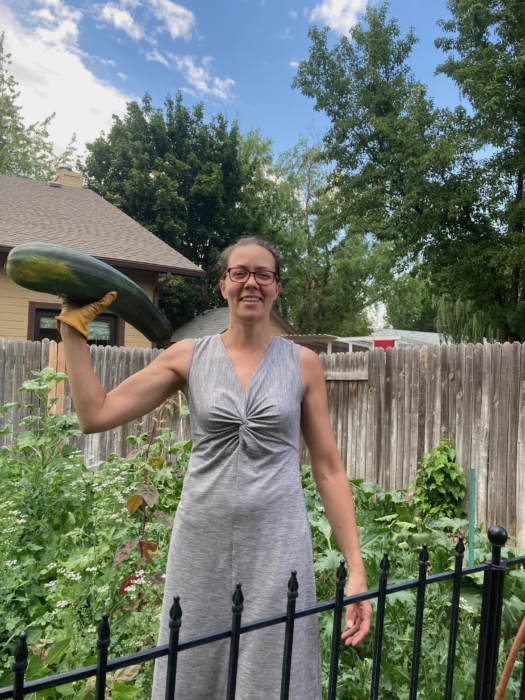
When starting a garden in your backyard you can also have your soil tested to see what nutrients are overabundant and which ones are missing. I’ve never had this done because I prefer a low maintenance approach. I plant things and I learn what does well. I’m sure I might have success with some other things but I also don’t want to be on the hook for regularly buying nutrients. I think compost is every gardener’s friend, rainwater is liquid gold, be gentle with the soil, and don’t forget to plant flowers for the pollinators.
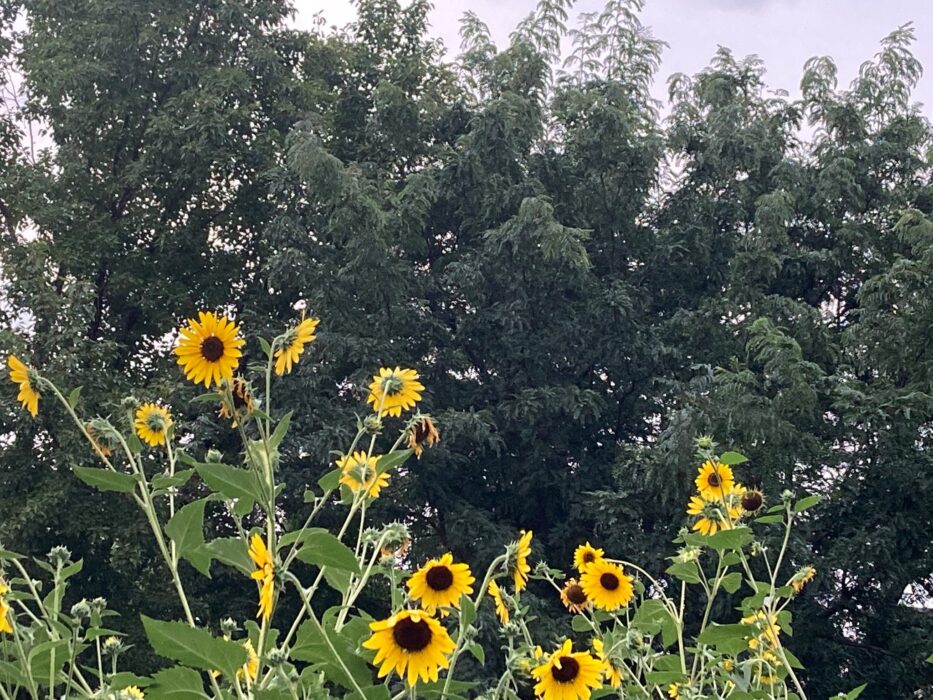
Should You Start With Seeds Or Plants?
Honestly this answer depends on your hardiness growing zone and what time of year it is. It also depends on what you’re trying to grow. While carrots aren’t a keto vegetable, they can be part of a well rounded keto diet. You’ll also notice that you won’t find carrot plants at the garden center. Carrots are grown from seed and a bit of luck.
Greens like kale and spinach are pretty cold-tolerant keto vegetables. You can plant them in the spring and fall and harvest them almost year-round. Lettuce is an early-season crop for me. Once it gets hot the lettuce begins to bolt and turn bitter. I let it go because seeds will appear on the top. They provide food for the birds and the next year I also discover lettuce that sprouts from last year’s seeds. It’s like free food for your keto garden. I also have the same luck with cilantro. It’s not a perennial plant but they put out so many coriander seeds that I always end up with another free crop the following year.
I always like to try my hand with seeds first. I’ve tried starting seeds indoors but I simply don’t have enough natural light to produce strong plants. They get leggy with weak stems because they strain to reach the light. I also don’t really have a space for grow lights. When you start with seeds it takes longer to see fruit but you also end up with more plants for less money. (I’m all about the bargain.) Then if something doesn’t come up or doesn’t do well I’ll go buy established plants. You could do both seeds and plants to stagger your harvest a bit, but most plants once established will produce fruit until the end of the season.

What Are Your Plans For Your Keto Vegetables?
It’s important to think about this question before you start a garden in your backyard. If you are planting a small keto vegetable garden this might not be much of an issue for you, other than ALL the zucchini you’re likely to get. What are your plans for the produce you can’t eat when it’s ripe because there’s too much? Do you have an extra freezer? Are you planning on canning things? Of course the other option is to barter, sell, and/or give away your extra produce. It’s up to you but it’s something to think about before you select your plants. Zucchini, cucumbers, and green tomatoes all make excellent pickles but where will you keep all of the jars? Do you have room to freeze spinach and kale? What about the sauerkraut you make with your cabbage? Of course, you can always give things away during the holidays. Before you start a garden in your backyard be mindful of where it’s all going to go. Ideally, you can eat from your home keto vegetable garden more than a few months out of the year.

Originally posted on April 6, 2021 @ 09:23

